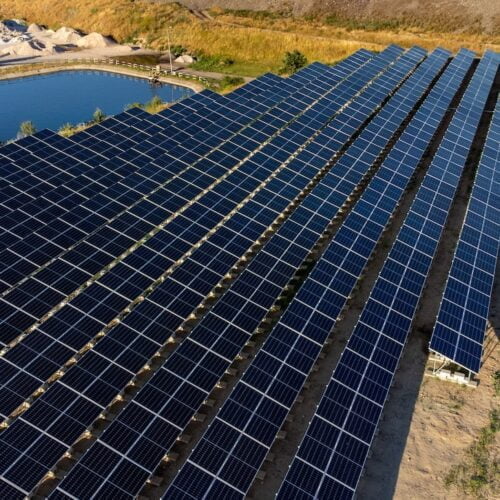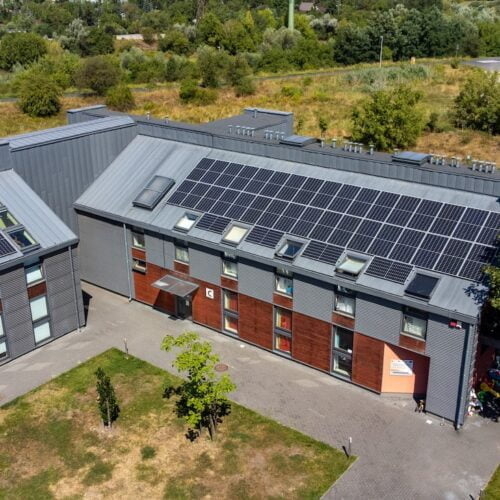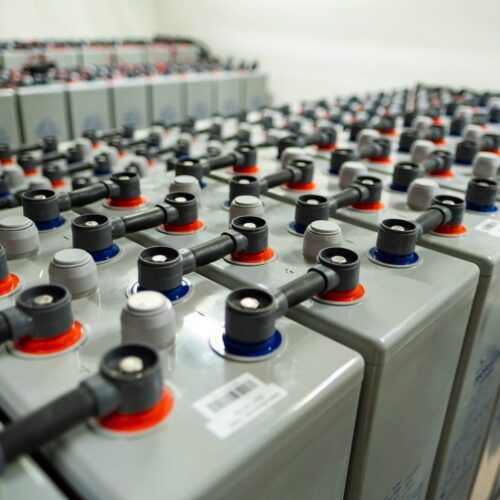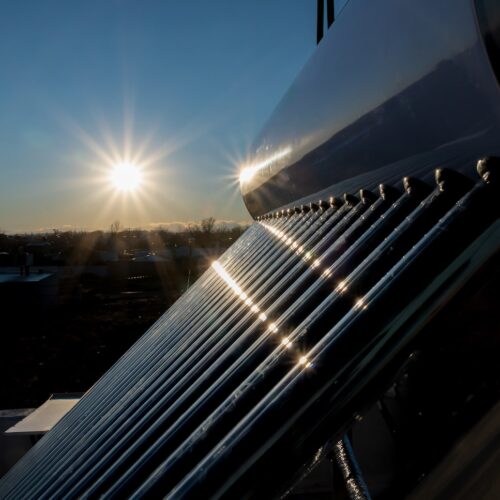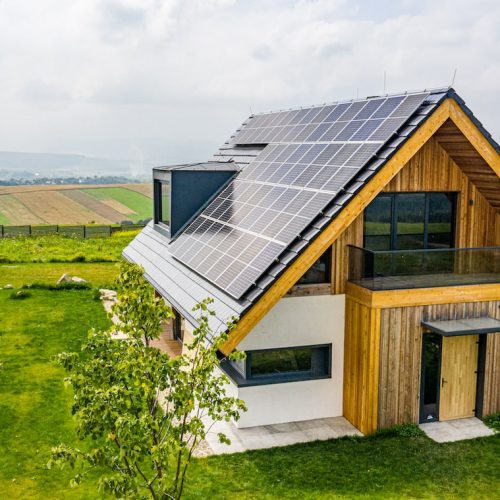Although modern photovoltaic panels are characterized by a high degree of trouble-free operation, sometimes the so-called “hot spots” can occur in them.
hot spots. They are an undesirable phenomenon and have a negative impact on the life of the entire installation and, in extreme cases, on the safety of the house.
How do hot spots occur and how to avoid them?
Let’s check!
How are hot spots created?
Sometimes it happens that during the production of photovoltaic panels, micro-damage and cracks occur, which cannot be caught during product quality control.
Minor cracks can also occur during the transportation of cells, or their careless installation.
The problem arises when part of the panel is shaded.
A reverse current begins to flow through the module, which strongly heats up the shaded panel, and it is the areas with micro-damage that become particularly hot, forming hot spots.
The temperature in the hot spots reaches even more than 200 degrees Celsius, which has a negative impact on the life of the panels.
In extreme cases, the panel can even catch fire.
How to prevent hot spots?
When choosing panels for your home or business, it’s a good idea to read the manufacturer’s information carefully.
Modern photovoltaic panels are thoroughly tested for hot-spot formation, and manufacturers label such models as “hot-spot protected.”
To avoid damage, it is advisable to hire experienced installers to install the panels, who will handle the modules gently.
The installation should be planned so that the panels are not shaded.
If you have any doubts about the operation of the panels (for example, after observing a loss of power), you can have a thermal imaging study of the installation to help detect any hot-spots that have formed.
Modern panels are also equipped with a number of safety features, for example, a system that disconnects individual sections in case of shading.
So if we can anticipate shading at the stage of photovoltaic installation, it is worth ensuring that only part of the sections are disconnected and the system retains maximum efficiency.







